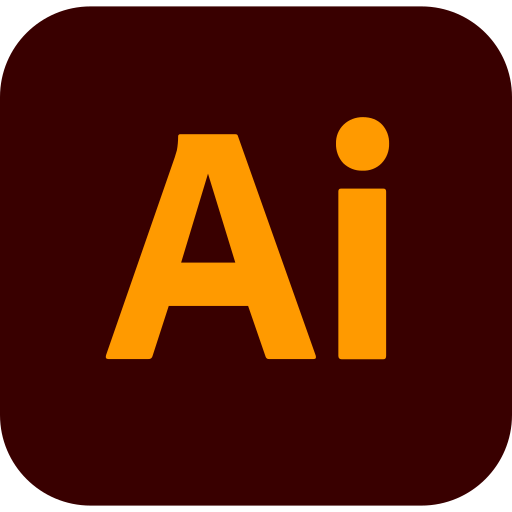Impact
Deliverable
85% Win rate with client pitches
57% Increased retention rate
Redesigning the platform to increase usability and engagement. Gamifying the roadmap-building experience to make skill tracking more interactive. Competitive Analysis of AI chatbots for potential integration. Creating a Branding Guide to ensure consistency.
Problem Statement
How do we gamify the experience of career mapping?
Solutions
Upon analyzing competition, we concluded platforms like LinkedIn Learning and Coursera offered progress trackers but lacked structured employer-driven roadmaps. This confirmed an opportunity to differentiate.
Design Process
The existing roadmap tool had become cluttered and unintuitive. Students struggled to understand career progression across industries, while employers found the process of adding or editing roles frustrating.
Initial sketches experimented with linear timelines and branching maps. Eventually, after multiple iterations and presentations to stakeholders, developers and testing with different users, we landed on one final roadmap design.














